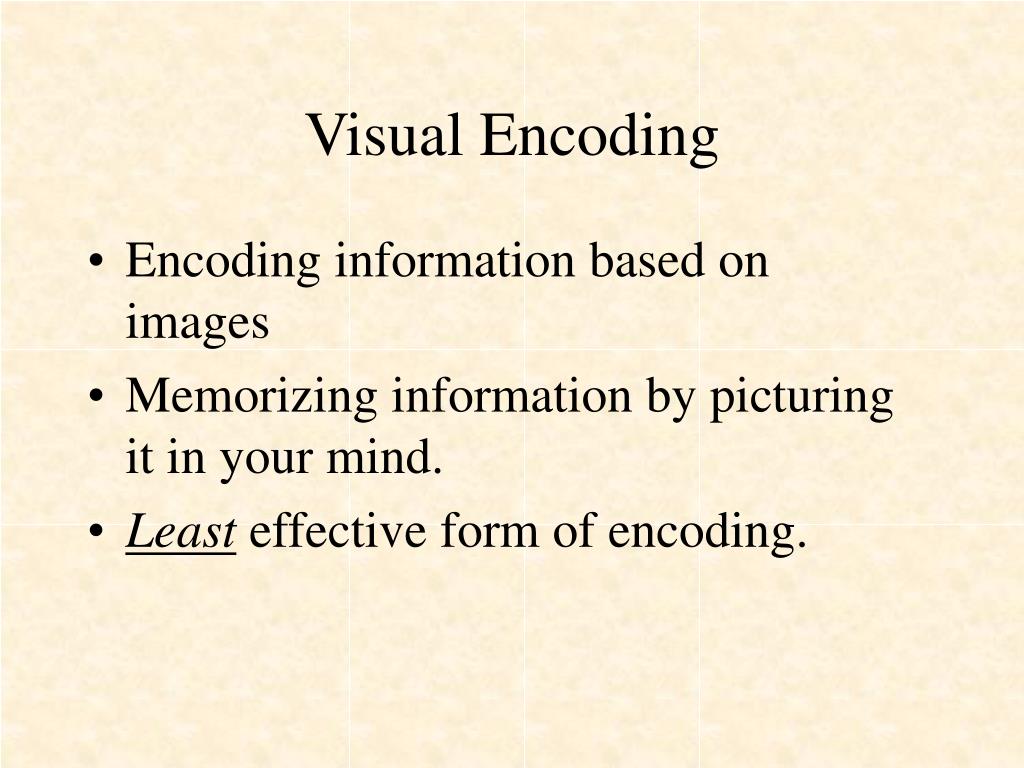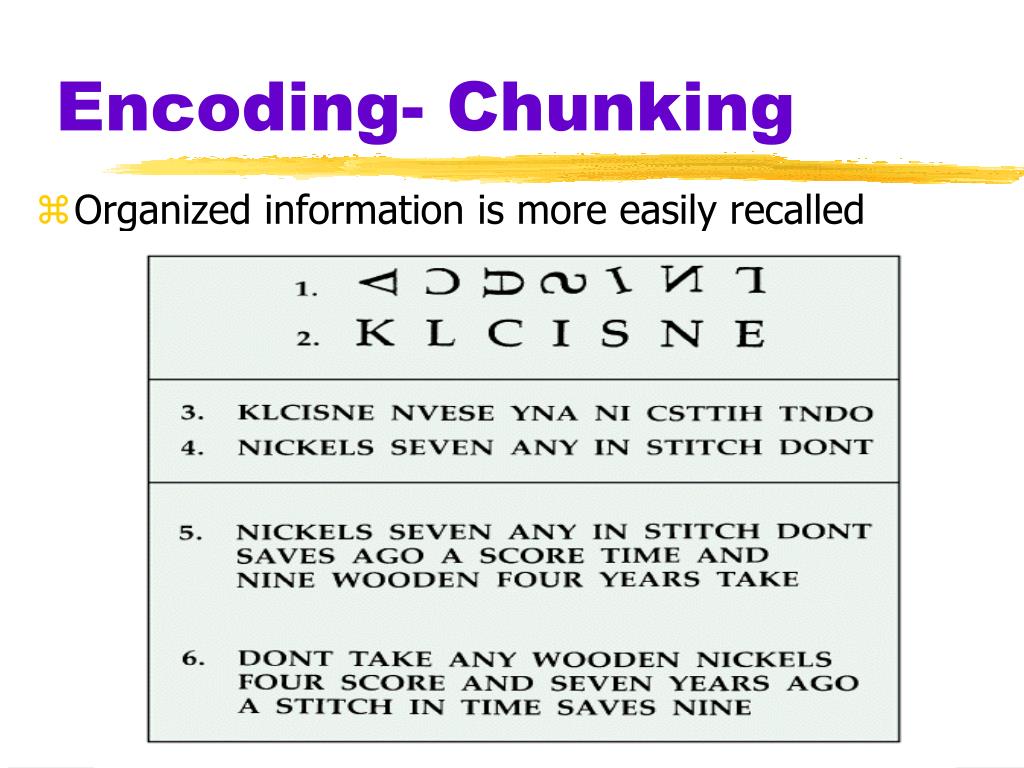
``Psychophysics and Cognitive Psychology for Musicians'' are now published as: Initial experiments with a compact representation of a limited number of musical dimensions will be followed by a more flexible representation incorporating all the multidimensionality, complexity, and intricacies of a complete musical work. We propose to design and implement a series of experiments to investigate these implications and to refine and develop new connectionist architectures to build these models. The influence of cyclic or metric organizers on pattern extraction and segmentation.

The interaction of short term and long term memory on these processes. Expectational windows - how contexts create both short range and long range predictions.Dynamic contextualization, that is, how a context is created, adapted, and accepted or rejected as it unfolds in time.

Processes involved in resolving ambiguities and conflicts of schemas and patterns occurring at different structural or hierarchical levels.The strength and distribution of output activations provide a method for modeling:

By interpreting the distribution of output activations of the network as expectations for the next event in the sequence and comparing this to the consequential event, we establish a quantifiable measurement of the degree of realized expectation. We model an experientially trained listener's cognition of functional tonal western music. Jonathan Berger, Daniel Lehmann, and Dan GangĪrtificial neural networks provide a flexible environment within which we model the mechanics and implied associated cognitive processes involved in human prediction of time ordered sequential musical elements.


 0 kommentar(er)
0 kommentar(er)
